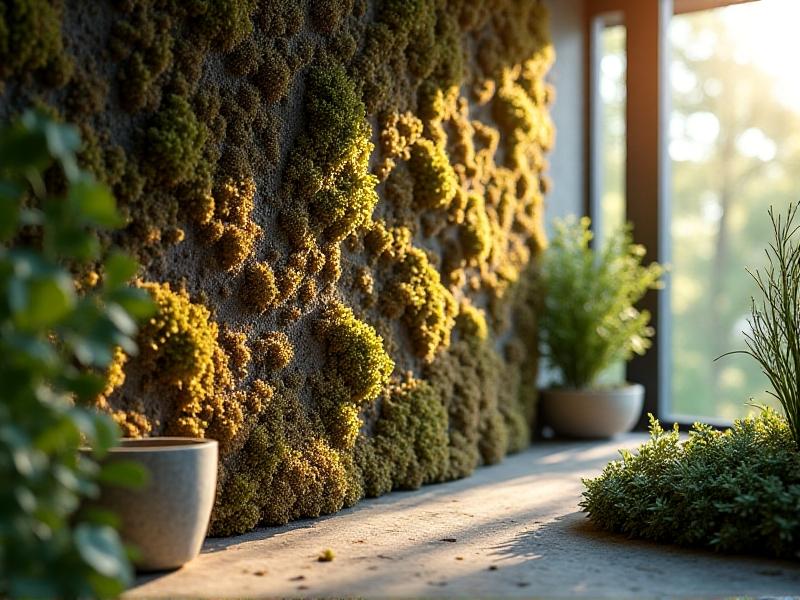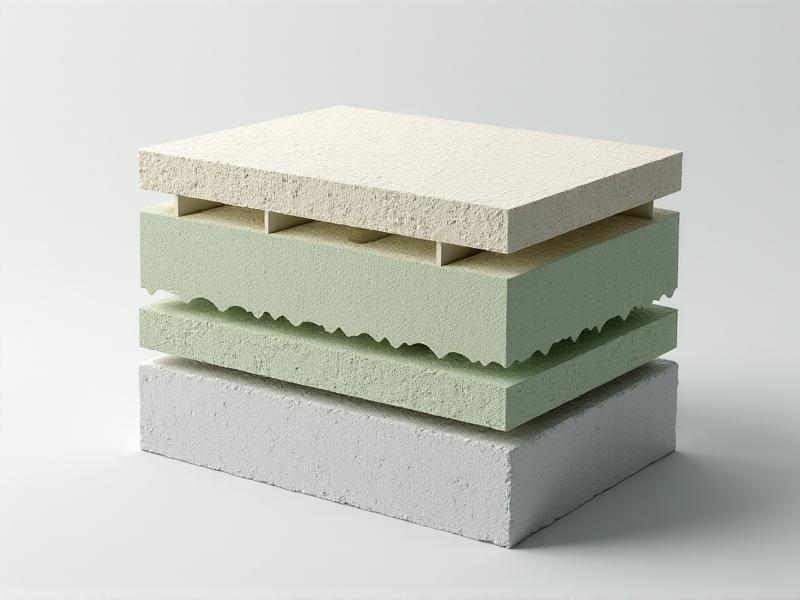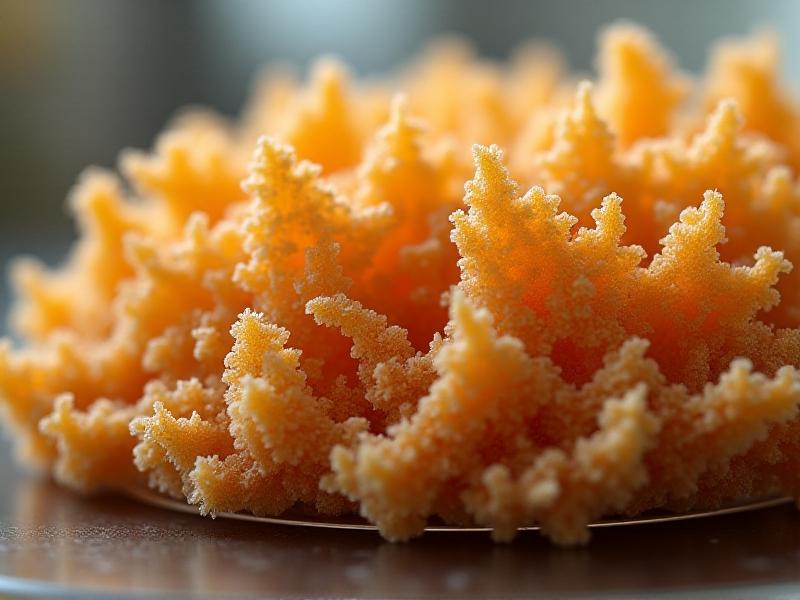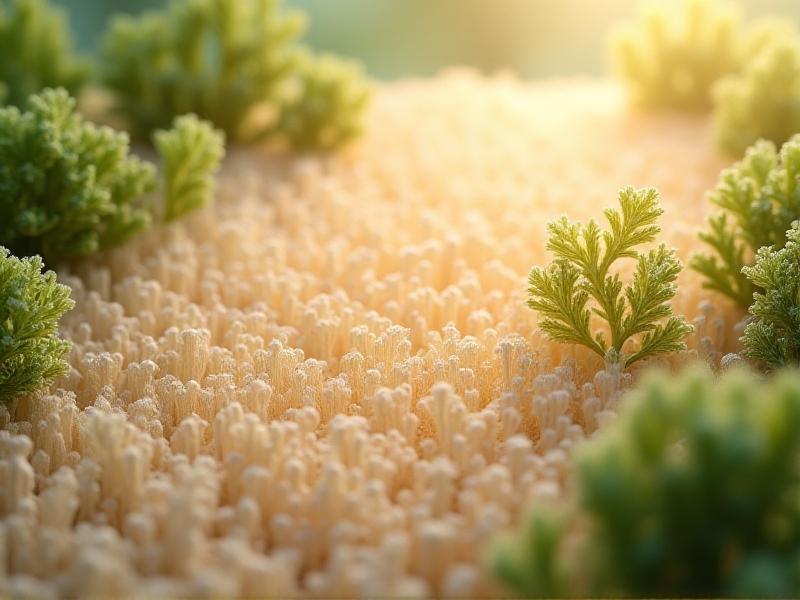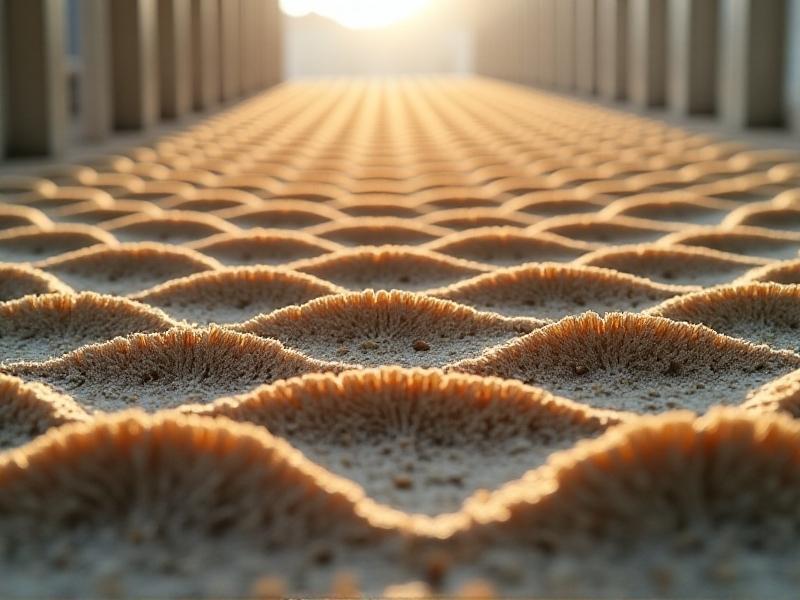Comparative Lifecycle Analysis: Mycelium vs Fiberglass Batts
Introduction to Mycelium and Fiberglass Batts
In the realm of insulation materials, mycelium and fiberglass batts represent two distinct approaches to achieving energy efficiency and sustainability. Mycelium, the root structure of fungi, has emerged as a biodegradable and renewable alternative, while fiberglass batts, made from fine glass fibers, have long been a staple in the construction industry. This article delves into a comparative lifecycle analysis of these materials, exploring their environmental impact, performance, and future potential.

Environmental Impact: From Production to Disposal
The production of fiberglass batts involves high energy consumption and the emission of greenhouse gases, primarily due to the melting of glass at high temperatures. Additionally, fiberglass is non-biodegradable, leading to long-term environmental accumulation. In contrast, mycelium is grown using agricultural waste, requiring minimal energy and emitting significantly fewer greenhouse gases. At the end of its lifecycle, mycelium can be composted, returning nutrients to the soil and completing a natural cycle.

Performance and Durability in Insulation
Fiberglass batts are known for their excellent thermal resistance and fire-retardant properties, making them a reliable choice for insulation. However, they can lose effectiveness if exposed to moisture and may require replacement over time. Mycelium, while still under research, shows promising thermal insulation properties and natural resistance to mold and pests. Its ability to self-heal and adapt to environmental conditions could offer long-term durability, though further studies are needed to confirm its performance in various climates.
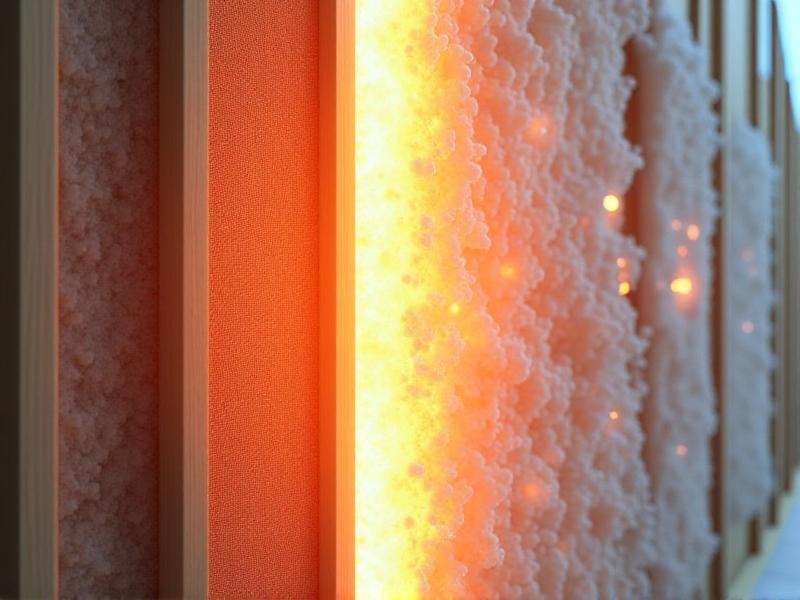
Cost and Accessibility in the Market
Fiberglass batts are widely available and relatively inexpensive, making them a popular choice for builders and homeowners. Their established supply chain and mass production contribute to their affordability. Mycelium, being a newer material, is currently more expensive and less accessible. However, as production scales up and technology advances, costs are expected to decrease, potentially making mycelium a competitive option in the future.
Future Prospects and Innovations
The future of insulation materials lies in innovation and sustainability. Mycelium has the potential to revolutionize the industry with its eco-friendly properties and adaptability. Researchers are exploring ways to enhance its performance and reduce production costs. Meanwhile, advancements in fiberglass technology aim to mitigate its environmental impact through recycling and energy-efficient manufacturing processes. The ongoing competition between these materials will likely drive further improvements, benefiting both the environment and consumers.
Conclusion: Balancing Sustainability and Performance
Choosing between mycelium and fiberglass batts involves balancing sustainability, performance, and cost. While fiberglass remains a reliable and affordable option, mycelium offers a promising alternative with significant environmental benefits. As the industry evolves, the integration of both materials could lead to a more sustainable and efficient future for insulation. The decision ultimately depends on individual priorities and the specific requirements of each project.
